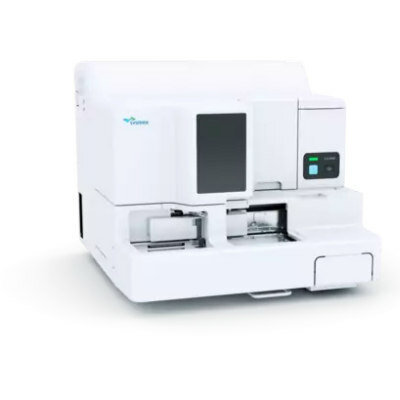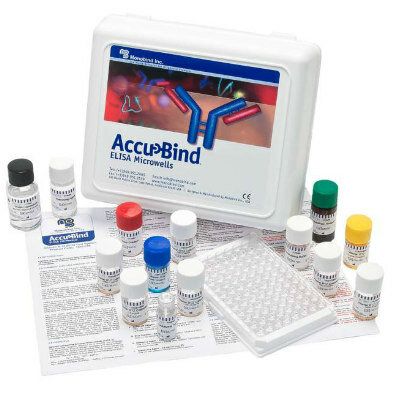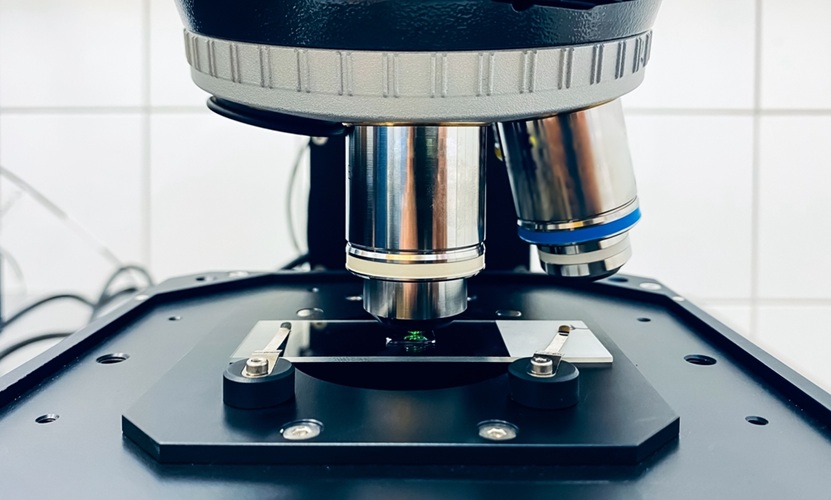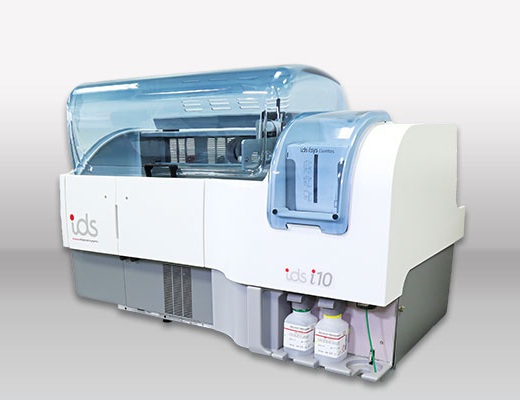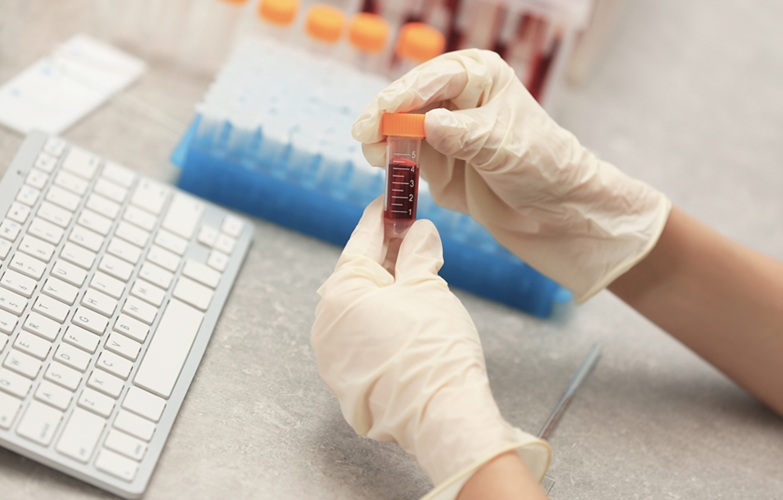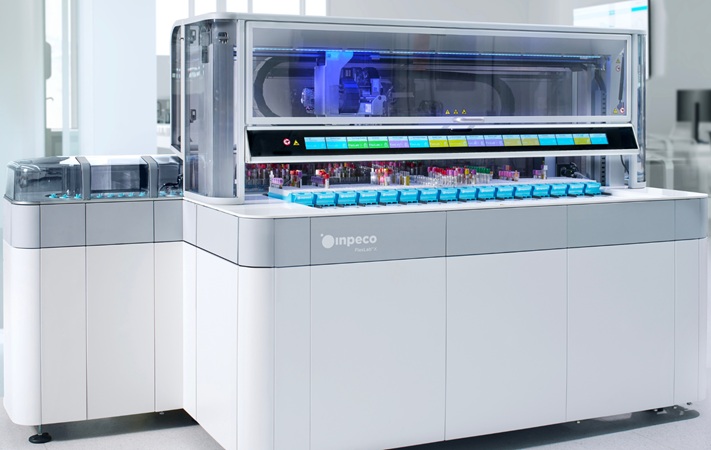Solution Found for Mislabeled Specimens in Clinical Laboratories
|
By LabMedica International staff writers Posted on 30 Apr 2014 |

Image: An automated camera system developed for photographing specimen tube exteriors for vision processing and optical character recognition analysis to detect possible mislabeled specimens (Photo courtesy of ARUP laboratories).
The incidence of patient identification errors, including mislabeled and misidentified specimens, is thought to be unacceptably high in clinical laboratories.
The best data on errors in USA laboratories is derived from three separate College of American Pathologists (CAP; Northfield, IL, USA) Q-Probe studies, in which the reported rates of mislabeled specimens were 0.39/1,000 in 120 institutions in 2006, 0.92/1,000 in 147 clinical laboratories in 2008, and 1.12% of blood bank specimens in 122 clinical laboratories.
Laboratory scientists at the ARUP Laboratories (Salt Lake City, UT, USA) have examined the problem of misidentification and have suggested some possible solutions. One approach is the single piece flow and this concept has significant error-proofing potential for labeling tasks at relatively low cost. They suggest that to prevent errors during collection and processing, avoid having specimens from multiple patients in the active work area at the same time. Similarly, avoid using strips of labels from a label printer with labels for multiple patients that must be matched to specimens and if using an automated aliquoting device, be sure that the label exactly duplicates the barcode label from the primary tube to facilitate error detection.
Another tool that more laboratories are using is the portable barcode scanner. These scanners read wristband barcodes at point-of-collection and work well in conjunction with portable barcode label printers or point-of-care analytical devices. However, barcode devices make more errors than commonly believed. Display and layout inconsistency of the barcode can also leads to an increase in errors. It is recommended to implement the Clinical and Laboratory Standards Institute (Wayne, PA, USA) Standard AUTO12-A, Specimen Labels: Content and Location, Fonts, and Label Orientation.
The scientists have invented one high tech solution that they believe will bring their own error rate for mislabeled specimens to near zero and which, with further refinement, may become suitable for use on commercial automation systems. This is a robotic camera system that can lift a specimen tube from the transport carrier on an automated track, take four simultaneous photographs of the tube using four equidistantly spaced high resolution cameras, and precisely stitch the four photographs into a single photograph of the entire exterior of the tube. It then uses optical character recognition (OCR) to compare the patient name on the original label to the patient name in the laboratory information system (LIS), as identified by reading the barcode on the LIS label.
Since the robotic system was implemented in October 2012, the system has collected and analyzed some 2.4 million images and more than 300 mislabeled specimens have been detected, of which only 53% were found through our normal quality assurance processes. For the subset of specimens routed through this advanced automation, significantly fewer corrected reports have been issued.
Related Links:
College of American Pathologists
ARUP Laboratories
Clinical and Laboratory Standards Institute
The best data on errors in USA laboratories is derived from three separate College of American Pathologists (CAP; Northfield, IL, USA) Q-Probe studies, in which the reported rates of mislabeled specimens were 0.39/1,000 in 120 institutions in 2006, 0.92/1,000 in 147 clinical laboratories in 2008, and 1.12% of blood bank specimens in 122 clinical laboratories.
Laboratory scientists at the ARUP Laboratories (Salt Lake City, UT, USA) have examined the problem of misidentification and have suggested some possible solutions. One approach is the single piece flow and this concept has significant error-proofing potential for labeling tasks at relatively low cost. They suggest that to prevent errors during collection and processing, avoid having specimens from multiple patients in the active work area at the same time. Similarly, avoid using strips of labels from a label printer with labels for multiple patients that must be matched to specimens and if using an automated aliquoting device, be sure that the label exactly duplicates the barcode label from the primary tube to facilitate error detection.
Another tool that more laboratories are using is the portable barcode scanner. These scanners read wristband barcodes at point-of-collection and work well in conjunction with portable barcode label printers or point-of-care analytical devices. However, barcode devices make more errors than commonly believed. Display and layout inconsistency of the barcode can also leads to an increase in errors. It is recommended to implement the Clinical and Laboratory Standards Institute (Wayne, PA, USA) Standard AUTO12-A, Specimen Labels: Content and Location, Fonts, and Label Orientation.
The scientists have invented one high tech solution that they believe will bring their own error rate for mislabeled specimens to near zero and which, with further refinement, may become suitable for use on commercial automation systems. This is a robotic camera system that can lift a specimen tube from the transport carrier on an automated track, take four simultaneous photographs of the tube using four equidistantly spaced high resolution cameras, and precisely stitch the four photographs into a single photograph of the entire exterior of the tube. It then uses optical character recognition (OCR) to compare the patient name on the original label to the patient name in the laboratory information system (LIS), as identified by reading the barcode on the LIS label.
Since the robotic system was implemented in October 2012, the system has collected and analyzed some 2.4 million images and more than 300 mislabeled specimens have been detected, of which only 53% were found through our normal quality assurance processes. For the subset of specimens routed through this advanced automation, significantly fewer corrected reports have been issued.
Related Links:
College of American Pathologists
ARUP Laboratories
Clinical and Laboratory Standards Institute
Latest Technology News
- Smartphones Could Diagnose Diseases Using Infrared Scans
- Novel Sensor Technology to Enable Early Diagnoses of Metabolic and Cardiovascular Disorders
- 3D Printing Breakthrough Enables Large Scale Development of Tiny Microfluidic Devices
- POC Paper-Based Sensor Platform to Transform Cardiac Diagnostics
- Study Explores Impact of POC Testing on Future of Diagnostics
- Low-Cost, Fast Response Sensor Enables Early and Accurate Detection of Lung Cancer
- Nanotechnology For Cervical Cancer Diagnosis Could Replace Invasive Pap Smears
- Lab-On-Chip Platform to Expedite Cancer Diagnoses
- Biosensing Platform Simultaneously Detects Vitamin C and SARS-CoV-2
- New Lens Method Analyzes Tears for Early Disease Detection
- FET-Based Sensors Pave Way for Portable Diagnostic Devices Capable of Detecting Multiple Diseases
- Paper-Based Biosensor System to Detect Glucose Using Sweat Could Revolutionize Diabetes Management
- First AI-Powered Blood Test Identifies Patients in Earliest Stage of Breast Cancer
- Optical Biosensor Rapidly Detects Monkeypox Virus at Point of Care
- Nanomaterial-Based Diagnostic Technology Accurately Monitors Drug Therapy in Epilepsy Patients
- New Noninvasive Methods Detect Lead Exposure Faster, Easier and More Accurately at POC
Channels
Clinical Chemistry
view channel
Carbon Nanotubes Help Build Highly Accurate Sensors for Continuous Health Monitoring
Current sensors can measure various health indicators, such as blood glucose levels, in the body. However, there is a need to develop more accurate and sensitive sensor materials that can detect lower... Read more
Paper-Based Device Boosts HIV Test Accuracy from Dried Blood Samples
In regions where access to clinics for routine blood tests presents financial and logistical obstacles, HIV patients are increasingly able to collect and send a drop of blood using paper-based devices... Read moreMolecular Diagnostics
view channel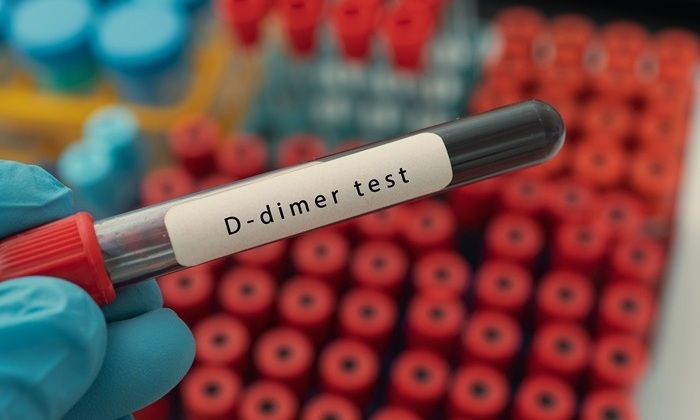
D-Dimer Testing Can Identify Patients at Higher Risk of Pulmonary Embolism
Pulmonary embolism (PE) is a commonly suspected condition in emergency departments (EDs) and can be life-threatening if not diagnosed correctly. Achieving an accurate diagnosis is vital for providing effective... Read more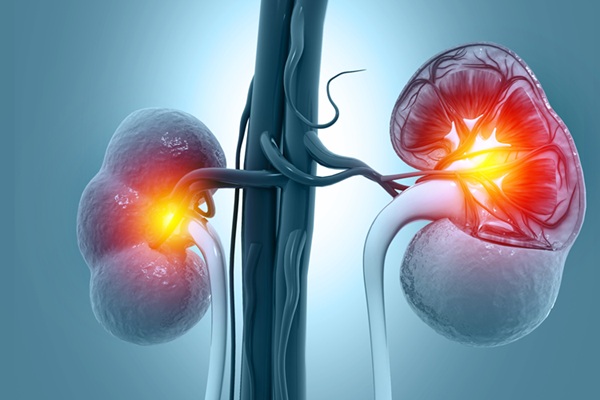
New Biomarkers to Improve Early Detection and Monitoring of Kidney Injury
Drug-induced kidney injury, also known as nephrotoxicity, is a prevalent issue in clinical practice, occurring when specific medications at certain doses cause damage to the kidneys. Nephrotoxicity can... Read moreHematology
view channel
New Scoring System Predicts Risk of Developing Cancer from Common Blood Disorder
Clonal cytopenia of undetermined significance (CCUS) is a blood disorder commonly found in older adults, characterized by mutations in blood cells and a low blood count, but without any obvious cause or... Read more
Non-Invasive Prenatal Test for Fetal RhD Status Demonstrates 100% Accuracy
In the United States, approximately 15% of pregnant individuals are RhD-negative. However, in about 40% of these cases, the fetus is also RhD-negative, making the administration of RhoGAM unnecessary.... Read moreImmunology
view channel
Post-Treatment Blood Test Could Inform Future Cancer Therapy Decisions
In the ongoing advancement of personalized medicine, a new study has provided evidence supporting the use of a tool that detects cancer-derived molecules in the blood of lung cancer patients years after... Read more
Cerebrospinal Fluid Test Predicts Dangerous Side Effect of Cancer Treatment
In recent years, cancer immunotherapy has emerged as a promising approach where the patient's immune system is harnessed to fight cancer. One form of immunotherapy, called CAR-T-cell therapy, involves... Read more
New Test Measures Preterm Infant Immunity Using Only Two Drops of Blood
Preterm infants are particularly vulnerable due to their organs still undergoing development, which can lead to difficulties in breathing, eating, and regulating body temperature. This is especially true... Read more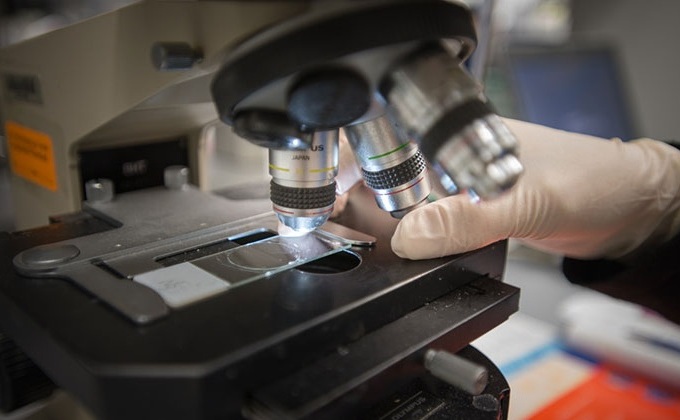
Simple Blood Test Could Help Choose Better Treatments for Patients with Recurrent Endometrial Cancer
Endometrial cancer, which develops in the lining of the uterus, is the most prevalent gynecologic cancer in the United States, affecting over 66,000 women annually. Projections indicate that in 2025, around... Read moreMicrobiology
view channel
Breakthrough Diagnostic Technology Identifies Bacterial Infections with Almost 100% Accuracy within Three Hours
Rapid and precise identification of pathogenic microbes in patient samples is essential for the effective treatment of acute infectious diseases, such as sepsis. The fluorescence in situ hybridization... Read more
Innovative ID/AST System to Help Diagnose Infectious Diseases and Combat AMR
Each year, 11 million people across the world die of sepsis out of which 1.3 million deaths are due to antibiotic-resistant bacteria. The burden of antimicrobial resistance (AMR) continues to weigh heavily,... Read more
Gastrointestinal Panel Delivers Rapid Detection of Five Common Bacterial Pathogens for Outpatient Use
Acute infectious gastroenteritis results in approximately 179 million cases each year in the United States, leading to a significant number of outpatient visits and hospitalizations. To address this, a... Read morePathology
view channel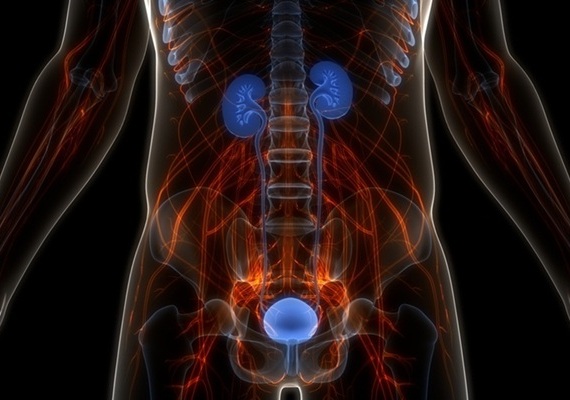
AI Model Predicts Patient Response to Bladder Cancer Treatment
Each year in the United States, around 81,000 new cases of bladder cancer are diagnosed, leading to approximately 17,000 deaths annually. Muscle-invasive bladder cancer (MIBC) is a severe form of bladder... Read more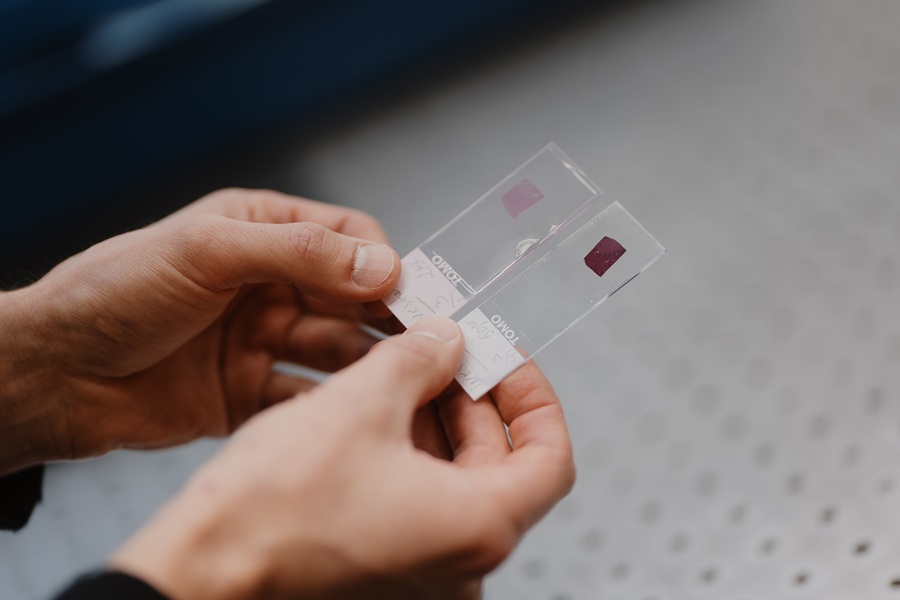
New Laser-Based Method to Accelerate Cancer Diagnosis
Researchers have developed a method to improve cancer diagnostics and other diseases. Collagen, a key structural protein, plays various roles in cell activity. A novel multidisciplinary study published... Read more
New AI Model Predicts Gene Variants’ Effects on Specific Diseases
In recent years, artificial intelligence (AI) has greatly enhanced our ability to identify a vast number of genetic variants in increasingly larger populations. However, up to half of these variants are... Read more
Powerful AI Tool Diagnoses Coeliac Disease from Biopsy Images with Over 97% Accuracy
Coeliac disease is an autoimmune disorder triggered by the consumption of gluten, causing symptoms such as stomach cramps, diarrhea, skin rashes, weight loss, fatigue, and anemia. Due to the wide variation... Read moreIndustry
view channel







